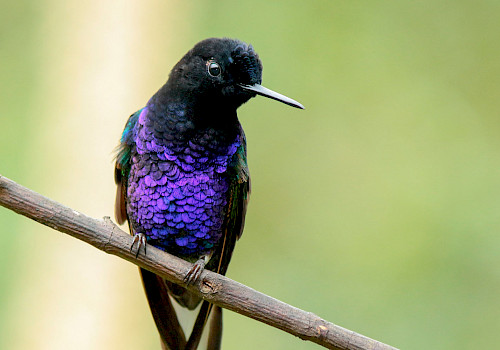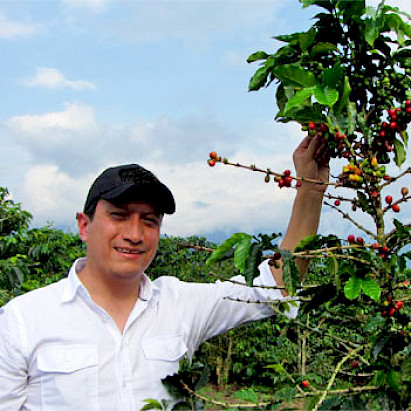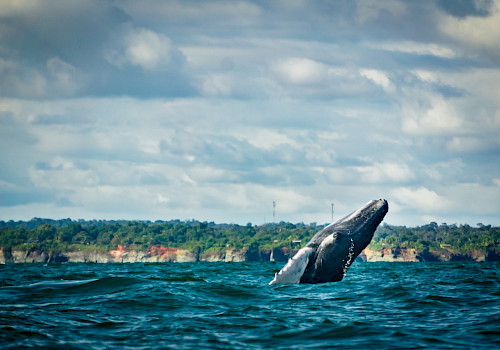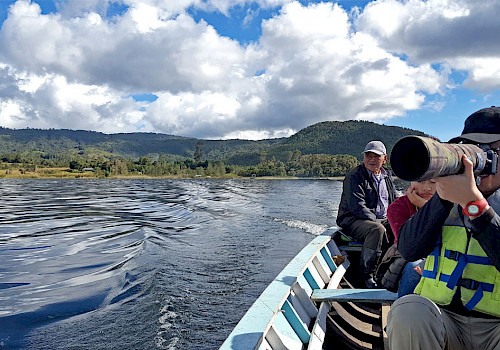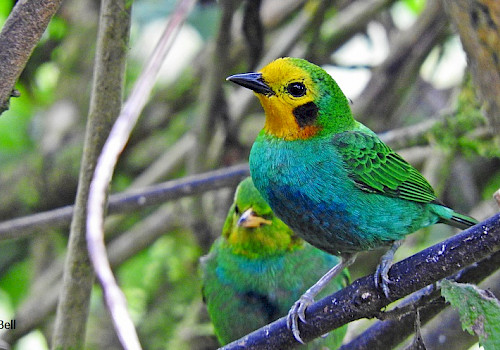

WHERE TO GO


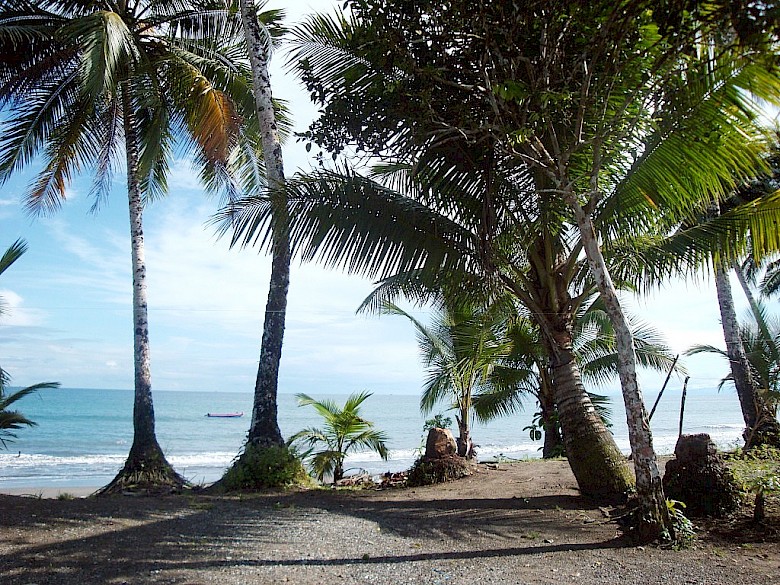 |
Explore the Pacific Region, luxuriant nature, and historic cities!Bordered by Panama to the north and Ecuador to the south, the Pacific region forms the western slice of Colombia along the Pacific Ocean. This beautiful jewel is amongst the most biodiverse and rainy areas in the world. It has stunning colonial and historic cities like Popayan, virgin beaches along the coast, wild natural parks like the Gorgona Island but also "Cali", the Salsa's capital of the world. Humpback whales are some of the recurrent visitors to this region. They usually come from the Antarctic between July and September to mate, raise their young, swim quietly in the depths of the Pacific and then raise to the surface to blow streams of water. The Pacific coast is quite remote and is the ideal place for you if you're a nature fanatic looking for an off the beaten path destination. There is a great variety of wildlife, and it's not unusual to spot dolphins and whales swimming at stone's throw distance from the beach. |
Top places to visit in the Pacific Region
Cali: The biggest city in this region and the Salsa's capital of the world! Cali is the perfect place for night owls with its concentration of "Zonas Rosas" areas with a lot of bars, restaurants, and clubs. During the day you can walk around the city, visit the Cat Park, walk up to El Cristo Rey amongst many other things. You can even go birding around Cali!
Popayan: A small colonial city famous for its white facades and its Holy Week; the country's largest religious celebration. Popayan is very peaceful and is ideal for relaxing, but there is also plenty of things to do there. Visit the Natural History Museum, have a look at the Pueblito Patojo or enjoy the different markets.
Pasto: This city is often overlooked by tourists who see it as nothing more than a step before crossing the border to Ecuador. But Pasto is in fact, rich in culture and history. Built at the foot of the Volcan Galeras, it has several colonial buildings, and it is the base for visiting the Laguna de Cocha.
Las Lajas Sanctuary: Las lajas was named the most beautiful church in the world by the Telegraph in 2017. Built inside the canyon of the Guaitara river, It's famous for its impressive architectures and the different legends involving the appearance of the Holy Virgin.
Nuquí and Bahía Solano: Bahia Solano is where most of the adventures in Colombia's Pacific Region start. Diving, fishing and birding are the main activities there. You can reach Nuqui by boat and explore untouched beaches and deep jungles but also do ecological hikes and enjoy the incredible biodiversity.
Isla de la Corota in the Laguna de Cocha: For most people, the main reason to visit the Laguna de la Cocha is to escape the cities. This idyllic lake is located at 2800 meters above sea level and is the second-largest in the country. Take a boat trip to Isla de la Corota to visit the wildlife sanctuary and see various animals.
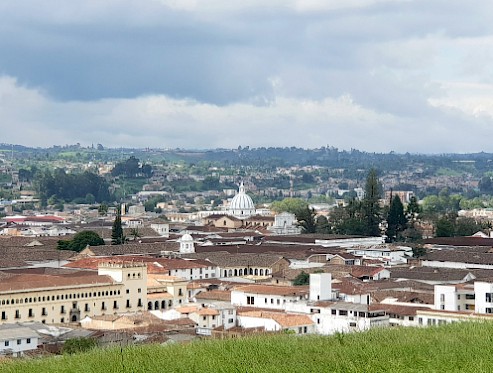
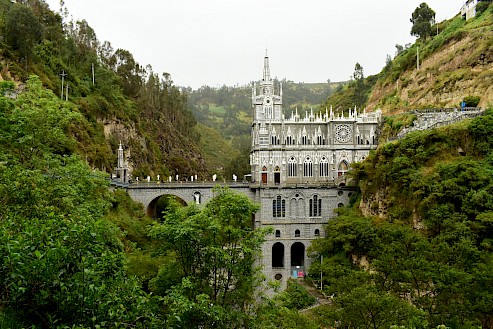
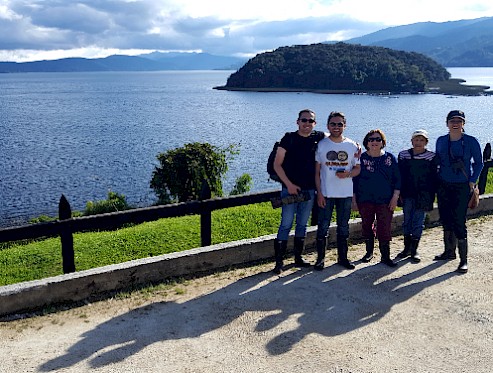


The Pacific Region Tours
Best things to do in the Pacific Region
- Whale Watching: One of the most popular things to do along Colombia's Pacific coast is whale watching. This once-in-a-lifetime experience gives people the chance to see whales surfacing and blowing water up to 7 meters in the air. July through November is the best time to see these creatures as they migrate from Antarctica to give birth.
- Enjoy the view in Almejal Natural Reserve: Almejal Natural Reserve houses conservation projects and an organic garden. On the way to the reserve, visitors can see a breath-taking view of the ocean meeting the jungle below. They can also learn about specific species and ecosystems in the jungle.
- Scuba dive with whale sharks: Despite their huge size and enormous mouth, whale sharks are not a threat for humans, and it is even possible to swim with them. Take a water taxi to Guachalito and Punta Huina from September to January to live this once in a lifetime experience.
- Birding in Choco: Choco is one of the most biodiverse regions for birds in the world, so get yourself a pair of binoculars and go explore the jungle for a chance to spot rare and endemic birds. Uramba Bahía Malaga National Park Municipality of San Cipriano, La Planada Nature Reserve, and BioTopo Nature Reserve are some of the hot spots you should check out for bird watching.
- Take a dip in Utria National Park: Utria National Park is located in one of the most gorgeous inlets in Colombia. Visitors can take a dip in the calm, emerald-green waters or walk through a mangrove swamp. Admire the fascinating coral reefs with powder-white sand.
- Explore Gorgona Island Natural Park: Gorgona island is a real Paradise for ecotourism and the perfect place to relax and connect with nature. For 20 years the island functioned as a maximum-security prison before turning into a protected Natural Park in 1984. Today, you can explore the jungle to see the remains of the prison but also some incredible species such as the blue anole, the only all-blue lizard in the world, capuchin monkeys or whale sharks.
The Pacific Coast Travel Information
When is the best time to visit the Pacific Region?
Weather:
The Pacific Region is one of the wettest places in the world.
- The average temperature is 28°C, but it often feels cooler because of the rain. In some cities like Popayan and Pasto, the average temperature is 12°C as they are located in the Andes mountains.
- October is the wettest month and January the driest.
Festivals:
Any time of the year is good to visit this region. However, if you want to see the humpback whales, the right time is from July to September.
If you also want to learn more about the traditions and culture in this region, an excellent opportunity is during some of their most famous carnivals, like:
- January: The Blacks and Whites Carnival, held in Pasto. It is a great festival where people get painted in black and white. It was originated during the Spanish rule when the slaves were allowed to celebrate, and their masters joined in the festivities by painting their faces black.
- February: The Fire Carnival: For five days, Tumaco is the theatre of colourful parties, street parades, rumba, international orchestras and costumes. The festival is closed with a water carnival on Tuesday before Ash Wednesday.
- August: The Pacific Coast Folkloric Festival in Buenaventura is a 5-day celebration of the legacy of Afro-descendants of the region. You'll find parades, music, food and drink tasting but also a beauty contest.
- December: The Cali Fair. This is a cultural festival where food, music, dancing and other cultural activities are shown.
- December: The Currulao Festival is a 5-day event which aims to promote the cultural heritage of the Pacific Region of Colombia. Very educational and for all ages!
How to travel to the Pacific Region?
Colombia's Pacific Coast is very remote, and they are no roads to access Bahia Solano and Nuqui. The only way to visit this region is by plane or boat.
- By plane: You can fly to Bahia Solano and Nuquí from Medellin or Bogota. Then you can access most of the places we recommend.
- By boat: You can reach Buenaventura by bus from Cali then take a boat to visit Ladrilleros, La Barra or Bahia Malaga.
Is it safe to travel to the Pacific Region?
Most of the coastal settlements of interest to tourists are quite safe, but the borders with Panama and Ecuador remain major drug-trafficking corridors. The FCO advise against all but essential travel to:
- The department of Chocó (except its capital Quibdó, the whale-watching towns of Nuquí and Bahía Solano, and the tourist site of Capurganá)
- The South Pacific, Sanquianga and Telembi regions of Nariño
- The Western region of Cauca
- Buenaventura in the department of Valle del Cauca
- The Urabá and Bajo Cauca regions of Antioquia
For the recommended touristic areas, these are some simple tips that should keep you out of trouble:
- Don't flash large amounts of money in public
- Look out for pickpockets on public transportation
- Call or use a smartphone app to arrange for a taxi instead of hailing it on the street
- Be aware of your surroundings
- Keep your phones and cameras out of sightDon't wear flashy jewellery
- Avoid taking cards or passports out with you
Local Food
Like the other regions in Colombia, the Pacific region also has a variety of dishes and unique flavours. With its strong Afro Colombian influence, the Gastronomy of the Pacific coast is very colourful and tasty. They use a wide variety of seafood and fish with ingredients like coconut, rice and coriander to create simple but delicious dishes. These are the specialities you definitely need to try when you visit this part of Colombia:
Shrimp Ceviche: The Colombian ceviche is different from the Peruvian one. In the Pacific Region, it's made with cooked shrimps dressed with ketchup, hot sauce, mayonnaise, lime juice and onion.
Carantanta: The leftover of the corn dough used to wrap empanadas is fried and eaten as an appetiser or in Carantanta soup. It's a local version of tortilla soup that you can find in the Colonial city of Popayan.
Empanadas de Pipian: These typical empanadas are extremely popular in the Caucan region of Colombia. They can be distinguished from the traditional ones by their peanut flavour and crisp and crunchy shell.
Hervido: This hot alcoholised drink is the perfect cocktail for cold weather. It's made by boiling acidic fruits with sugar; this juice is then mixed with aguardiente an anise flavour liquor from Colombia.
Sancochos: One of the best traditional pacific food and very convivial as it's often cooked during familial reunions. It's made with fish, corn, cassava, plantain and served with rice, lime and avocado.
Atollados: this type of ‘risotto’ is very popular in the Pacific region of Colombia. There are many variations of this dish in the country, but this one is made with fish and coconut milk.


